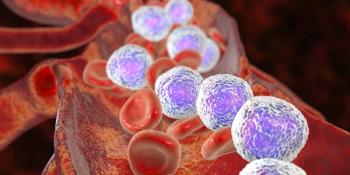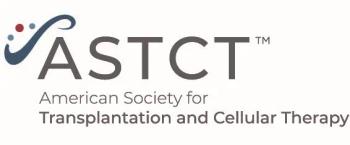
Higher Doses of Carfilzomib Increased Cardiovascular Adverse Events
Treatment with carfilzomib for multiple myeloma was associated with increased incidence of cardiovascular adverse events, especially with higher doses.
Treatment with carfilzomib for multiple myeloma was associated with increased incidence of cardiovascular adverse events (CVAE), with higher rates seen with higher doses of the drug, according to the results of a meta-analysis
“It is critical that clinicians caring for patients with multiple myeloma be aware of early signs of CVAE and promptly refer such patients for additional evaluation and to hold carfilzomib,” wrote Adam J. Waxman, MD, of Abramson Cancer Center at the University of Pennsylvania, and colleagues. “Further study is needed to assess patient-level risk factors to predict which patients are at highest risk of developing carfilzomib CVAE as well as to establish optimal monitoring strategies for patients receiving carfilzomib and to develop strategies to mitigate this risk, including determining which patients may be able to safely restart the drug at a reduced dose.”
The analysis was designed to find the incidence of carfilzomib-associated CVAE and to compare rates of CVAE among different doses of the drug and its companion therapies. For this study, CVAE included heart failure, hypertension, ischemia, and arrhythmia.
The researchers identified 514 phase I to III prospective clinical trials of carfilzomib in patients with myeloma with evaluable toxic effects data. They included data from 24 eligible studies including 2,594 patients.
Incidence of all-grade CVAE varied from 0% to 52%, and the rate of high-grade CVAE varied from 0% to 45%. About 1 in 5 patients (18.1%) experienced all-grade CVAE, and 8.2% experienced a grade 3 or higher CVAE. Six carfilzomib-related cardiac arrests occurred among the 2,594 patients.
Phase II or III studies and those with a carfilzomib dose of 45 mg/m2 or higher were associated with high-grade CVAE. Phase I trials had a rate of 2.3% for CVAE compared with 9.5% for phase II and III trials (P = .02). The rate of CVAE in patients assigned carfilzomib doses less than 45 mg/m2 was 6.4% compared with 11.9% for higher doses (P = .02).
“Our study found a lower rate of CVAE in early-phase compared with later-phase studies,” the researchers wrote. “This relationship may be owing to systematic underdetection or underreporting of CVAE in smaller and earlier-phase studies or exclusion of patients at elevated risk for CVAE from phase I studies.”
The researchers found that a median age older than 65, prior myeloma therapies, and concurrent myeloma therapies were not associated with CVAE.
For the three randomized clinical trials included, the relative risk for all-grade and grade 3 or higher CVAE was 1.8 and 2.2, respectively, for patients assigned carfilzomib compared with other non–carfilzomib-containing regimens.
Newsletter
Stay up to date on recent advances in the multidisciplinary approach to cancer.

















































































